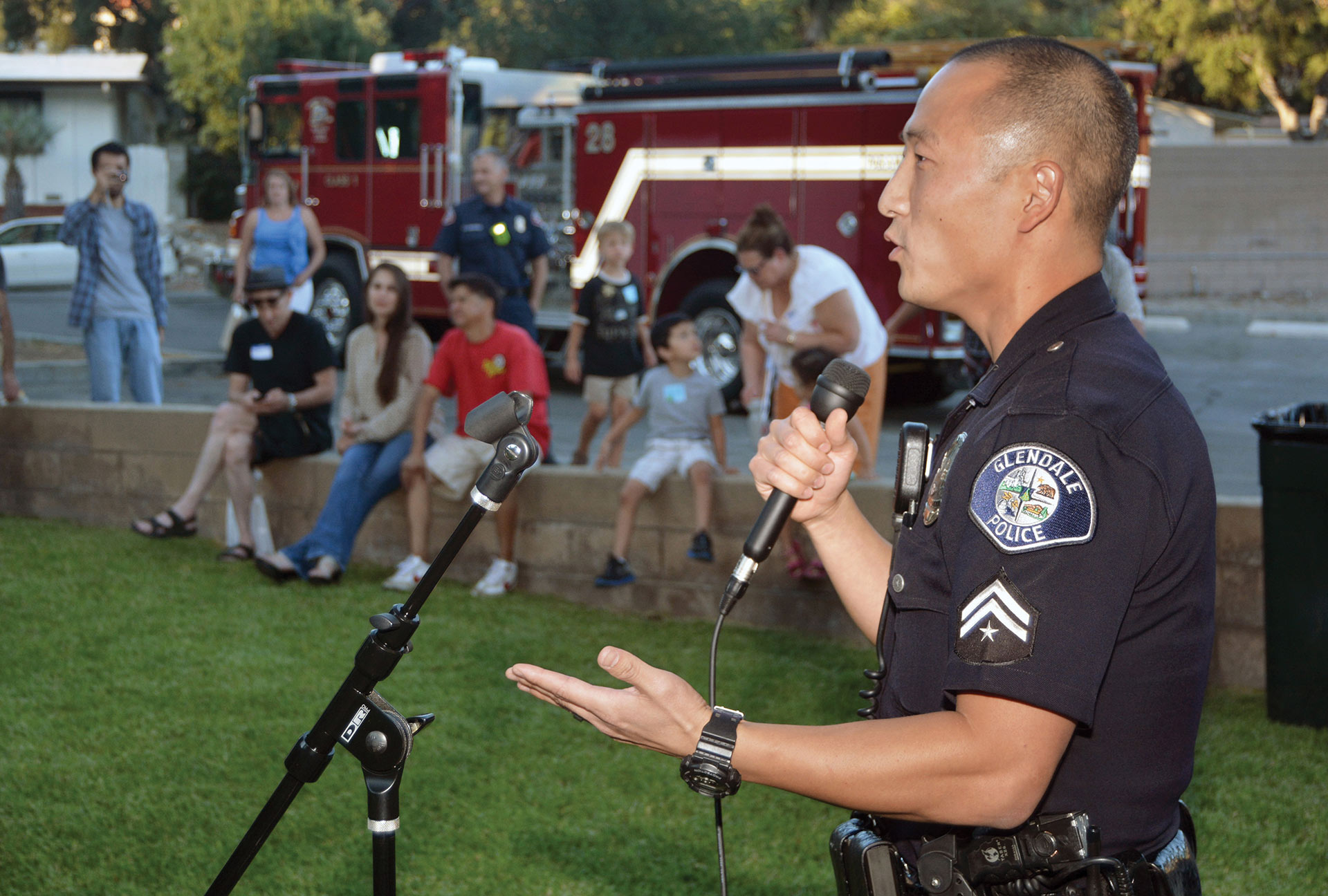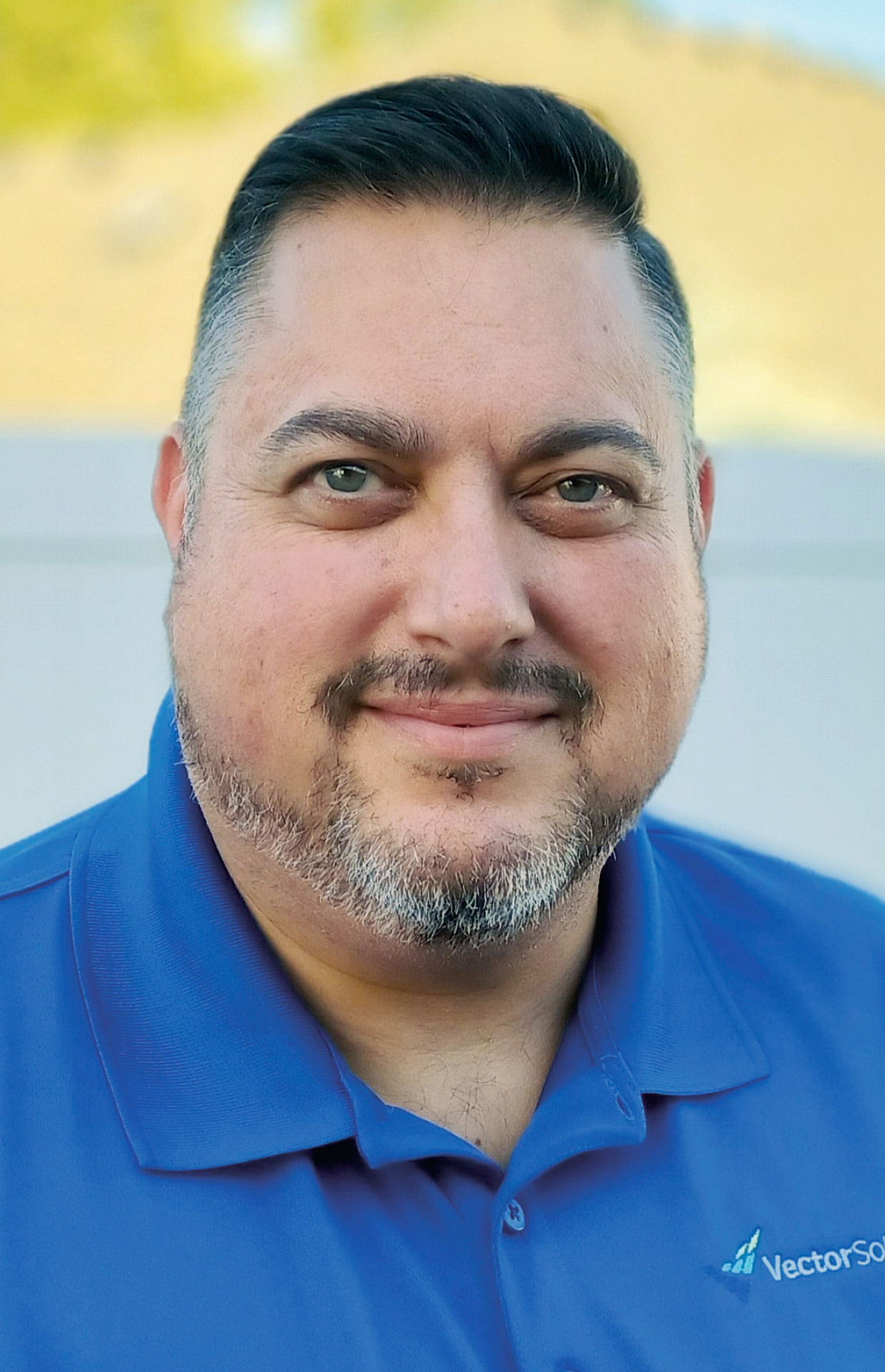[ad_1]

Last October, the U.S Department of Justice’s Office of Community Oriented Policing Services (COPS Office) approved more than $139 million in grants to law enforcement agencies nationwide. The money was allocated for recruiting officers — a critical point for agencies — as well as to address pressing law enforcement issues, such as gun violence and domestic extremism. However, nearly half of the grants were directed to “focus on building legitimacy and trust between law enforcement and communities,” according to a department statement.
In the nearly 30 years since its establishment, COPS has doled out more than $14 billion in grants to more than 13,000 state, local and tribal agencies. Some of the most recent success stories stem from educational efforts, establishing anonymous tiplines and even hosting catalytic converter etching events. However, whenever there’s a nationally publicized incident of alleged excessive force or officer-involved shooting, the outcry for better community policing grows louder, by both citizens and police leaders. And even though the theory of community policing dates back nearly 45 years, there’s still lingering misunderstandings as to what constitutes community policing and how agencies that face tight budgets and shrinking ranks can commit to redirecting funds and personnel to such programs.
It’s important to educate the community about what police can and can’t do and why we can’t do the things they want.
Here, Doug Kazensky, a retired community services officer with the Longview, Washington, Police Department, shares his thoughts on what constitutes a quality community policing program, how agencies can get started and why they benefit officers as well as residents.
How do you define community policing?
Community policing is an umbrella term in that police are trying to work with the community, reduce problems and improve relations. Within the concept, there are multiple facets, one of them being organizational change. It has to be more than a job at face value or labeling select officers as community policing officers. It’s more about how we are operating versus something we do. The philosophy of community policing has to be ingrained; it has to come from the top.
Another area is community engagement and involvement, where officers go to community meetings and speak with citizens, hear their frustrations and discuss how they could work together toward solutions.
Then there is problem-oriented policing. This is identifying incidents cops are responding to and grouping them into large problems, then working to come up with solutions.
Community policing is multifaceted, but they are all very important.
How important is data collection and assessment in community policing?
Data is critical. That is part of problem-oriented policing. You go out and collect data, then you have to analyze it. Is what we’re doing effective? Is it doing what we want it to do, and if not, why? Where are we with our training? Unless you have data, it’s hard to drive from one stage to the next. You need the tools to grab the information to identify the trends and areas where you can improve.
In my role now, I get to speak with training sergeants and captains on a daily basis. I hear about how they’re struggling to make sure their people are trained and prepared. I show them how we can help.
What are some misnomers or misunderstandings about community policing held by those within law enforcement?
Community policing gets a bad rap in the law enforcement community. You have community services officers here, and over there, the rest of the force is thinking, “We’re the real cops on patrol.” In order for community policing to be effective, you have to understand the philosophy that the organization is trying to have. You can’t just say you do patrolling, because most of the time, patrol cops are the first line of contact with people. You have to treat the people with respect. Ask them, “What are your concerns?” and then offer possible solutions. You are not going to arrest your way out of this. That kind of philosophy has to run throughout the whole department for it to be successful.
I’ve seen departments try hard to implement community policing. Based on their reports, at least they understand the importance of treating people with dignity and respect and making police in the community legitimate. But it takes a long time to build up that muscle in a department.
What are some misunderstandings held by the public?
In general, the public has a hard time understanding what law enforcement is about, including expectations versus what we can deliver. It’s important to educate the community about what police can and can’t do and why we can’t do the things they want.
Citizen academies do a lot to build knowledge between members of the community and law enforcement. When something [bad involving an officer] does happen nationally that may affect us locally, like George Floyd, those community bridges you spent time building helps to mitigate the response.
What have you found effective in bringing the public and law enforcement together through community policing?
I always recommend citizen academies. They are a great low-cost way of spending time with a group of people so you can hear them and they hear you. It can be as simple or as complicated as you want. Ours ran from February to April, and we explained why we do something the way we do it and why our training is the way it is. They got to see the jail. They saw our dispatch. We took them to the range and they got to see our equipment. We put them through scenarios of shoot/don’t shoot so they could understand us better. They begin to appreciate some of what law enforcement does on a daily basis, and we hear their stories and frustrations.
At the end of 12 weeks, [their minds may not be changed], but at least it’s been respectful. It tends to be hard to hate someone when you’ve spent three months with.
What do you say to departments with tight budgets, losing personnel and struggling with recruitment?
I would say do what you can. We banded together with agencies countywide to do our citizens academy. We shared the efforts, responsibilities and costs. We invited smaller agencies, the state patrol and chaplains to participate.
In terms of trying to retain personnel, if a young officer participates in a citizen academy and sees how important reaching out and becoming a community guardian is instead of being an occupying force, they are more likely to stay. I absolutely encourage departments to try. The rewards are so worth it. For example, community policing makes your officers safer. There is a higher sense of police legitimacy in the community, and that makes it safer for your officers.
Do you have a favorite citizen academy memory?
I had a woman who was 75 years old and stood about 4 feet, 11 inches and 100 pounds at the most. She really wanted to shoot a shotgun at the range. All I thought was that she was going to blow out a shoulder. I foresaw a shoulder replacement in her future. But it was on her bucket list, so we started with a small pistol and worked our way to the shotgun. I stood behind her and she leaned up against me. I held the gun and all she had to do was look down the sight and pull the trigger. She thought it was a hoot. She showed up the next week with a nice little bruise. It was the most nerve-wracking for me, but the look on her face was priceless.
 Meet Doug Kazensky
Meet Doug Kazensky
After a stint in the U.S. Air Force Security Police, Doug Kazensky accepted a patrol position with the Longview Police Department in Washington state. During his nearly 24 years on the force, he held a variety of positions, including school resource officer, detective and field training officer. Kazensky also operated as training sergeant and the Community Services Unit sergeant.
After his active-duty career, Kazensky taught courses in community policing as an adjunct professor at a local college, and currently holds the role of solutions engineer for Vector Solutions Public Safety.
[ad_2]




